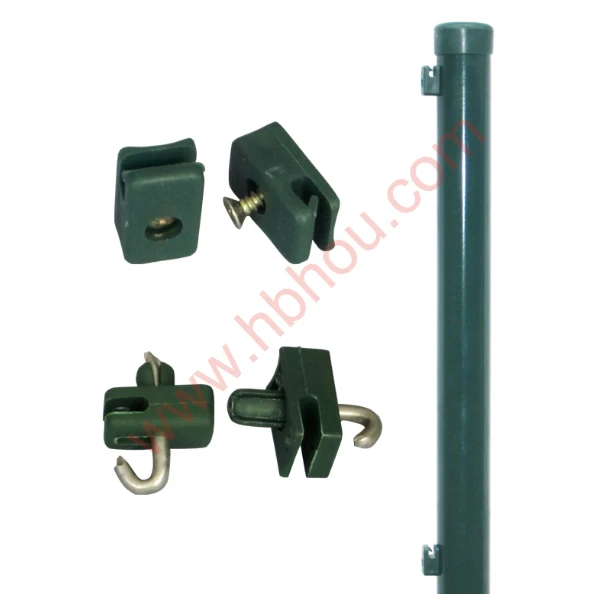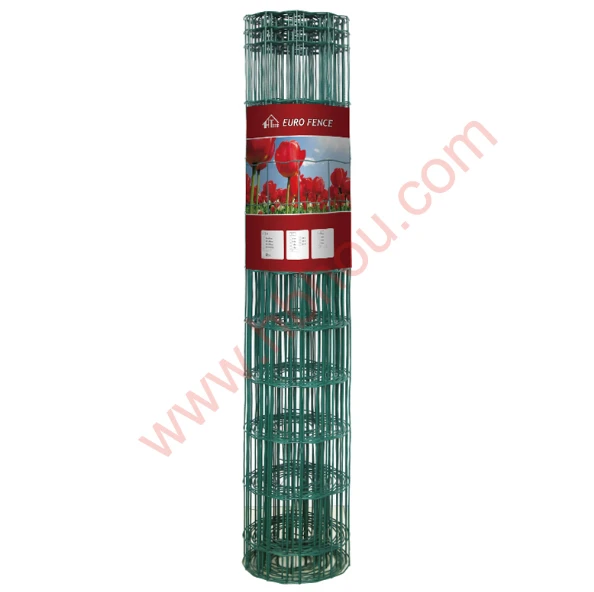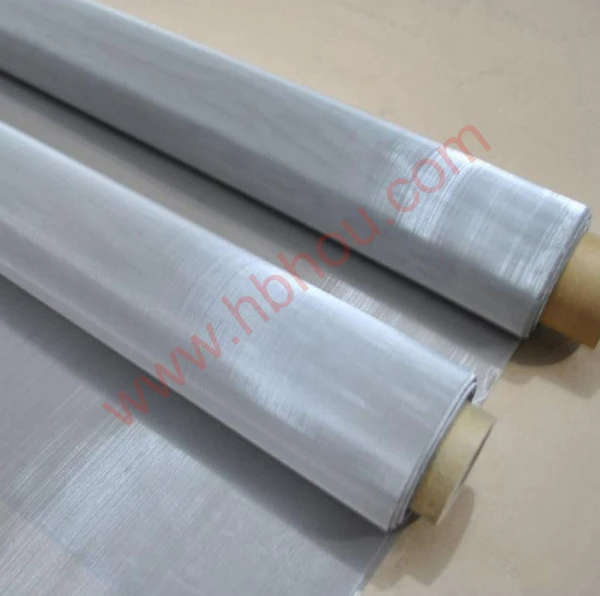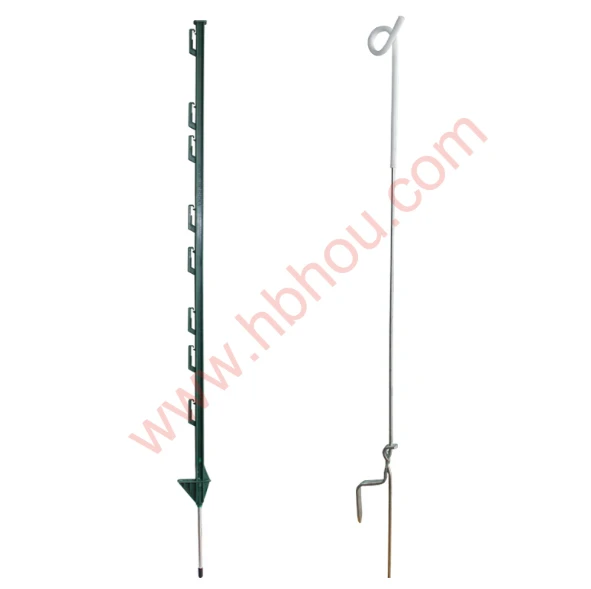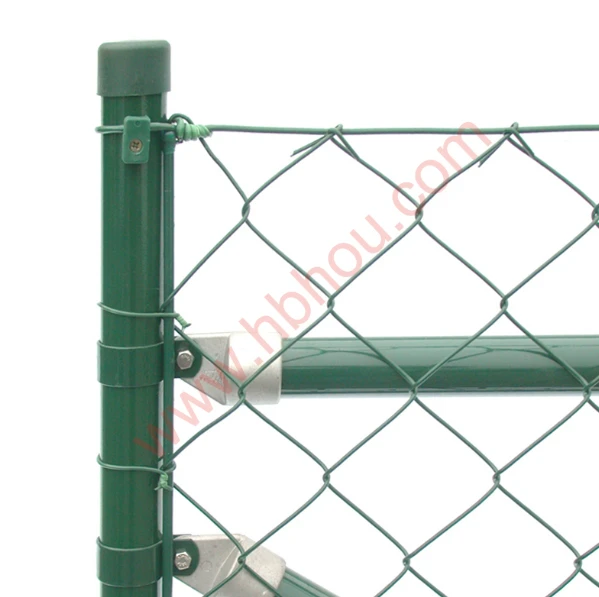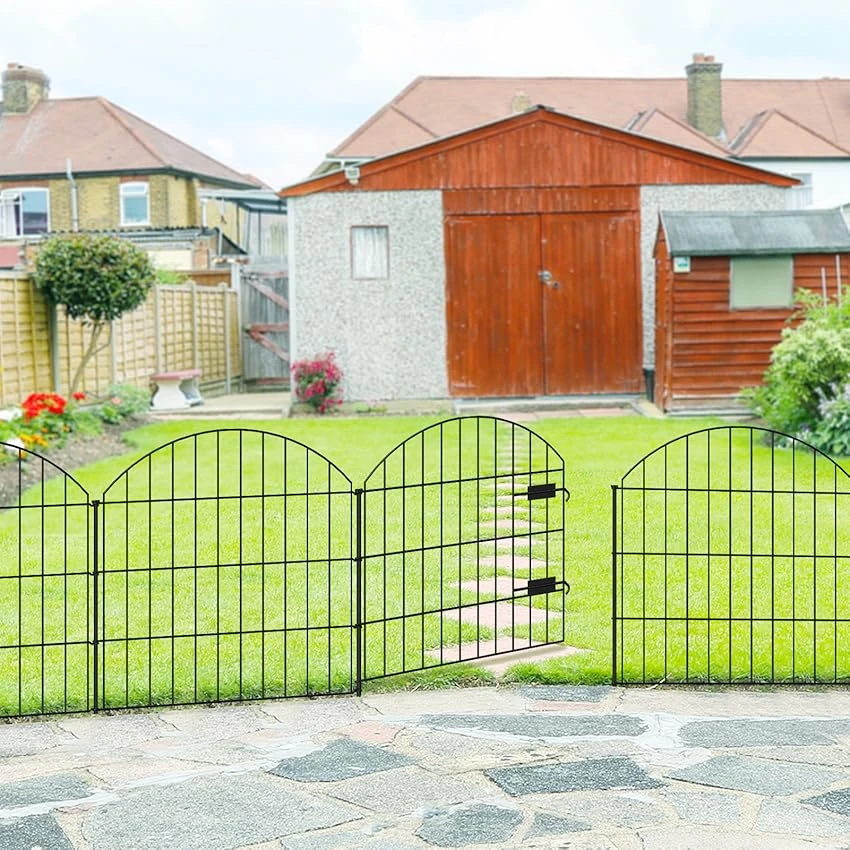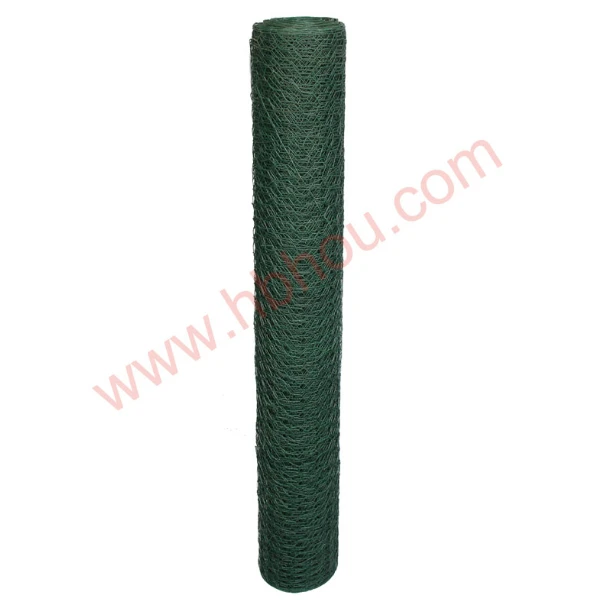Homemade Anchor Poles A Practical Guide for DIY Enthusiasts
When it comes to outdoor activities such as fishing, camping, or simply enjoying a day on the water, having a reliable anchor is essential. However, purchasing a high-quality anchor pole can be expensive. Fortunately, with a bit of creativity and resourcefulness, you can craft your very own homemade anchor pole that combines functionality with affordability.
Understanding Anchor Poles
Before diving into the DIY process, it’s important to understand what an anchor pole is and how it works. An anchor pole is used to secure a boat in position, keeping it steady against wind and water currents. Typically, these poles can be made from various materials, including PVC, wood, or metal, with each providing unique advantages. The key is to ensure that your homemade anchor pole is sturdy enough to handle the conditions it will face.
Materials You Will Need
To create your own anchor pole, gather the following materials
1. PVC Pipe or Wood PVC is lightweight and resistant to water, making it a suitable choice for most conditions. Alternatively, a solid wooden dowel can also work if you prefer natural materials. 2. Weight To ensure your anchor pole is stable, you’ll need to attach a weight at the bottom. This could be a small sandbag, a rock, or even a weight plate from a home gym.
3. Rope A durable rope will help secure the anchor to your boat. Be sure to select a rope that is both strong and weather-resistant.
4. Drill and Drill Bits If you’re using wood, you may need to drill holes to attach the weight.
5. Saw If you need to cut your PVC or wood to the desired length, a saw will be necessary.
homemade anchor pole

6. Adhesive (Optional) Waterproof glue or epoxy can add extra security for components that need to be stuck together.
Building Your Anchor Pole
1. Measure and Cut the Pole Decide on the appropriate length for your anchor pole. A good starting point is between 6 to 8 feet, depending on your boat size and the conditions. Use the saw to cut the PVC pipe or wood dowel to the desired length.
2. Attach the Weight If you’re using a sandbag or rock, securely attach it to the bottom of the pole. For a more permanent solution, you can drill a hole at the bottom of the pole and insert the weight, securing it with adhesive or screws.
3. Prepare for Attachment Drill a hole near the top of the pole for a rope attachment or leave a space where you can tie the rope securely later.
4. Secure the Rope Cut a length of durable rope (around 10 feet) and tie one end to the top of the anchor pole. This will allow you to easily lower and raise your anchor as needed.
5. Test Your Anchor Pole Before heading out, it’s essential to test your homemade anchor pole. Attach it to your boat and ensure that it holds securely. Adjustments can be made if it feels unstable or echoes any concerns.
Final Thoughts
Creating your own homemade anchor pole is a rewarding project that not only saves you money but also enhances your boating experience. With a little time and effort, you can develop a reliable tool that meets your specific needs. Whether you're fishing in tranquil lakes or navigating the open seas, a sturdy anchor pole will keep your vessel stable, allowing you to enjoy your time outdoors fully. Embrace the DIY spirit and take your outdoor adventures to the next level with your very own homemade anchor pole!










